
FREE SHIPPING ON
ALL QUALIFYING ORDERS
Enter your email below to join our mailing list:
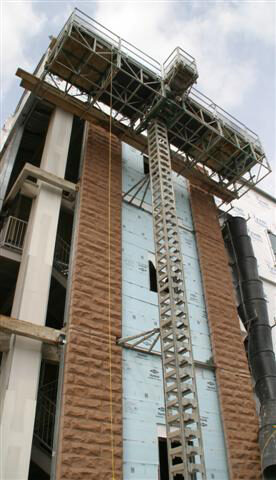
Mast climbing work platforms, also known as MCWPs, have become an essential tool in the construction and maintenance industries. They offer a safe and efficient means of accessing hard-to-reach areas and have been used in projects ranging from high-rise buildings to industrial plants. However, the development of MCWPs has been a long and fascinating journey.
The first MCWPs were invented in the early 20th century, but they were rudimentary and lacked the safety features of modern machines. They were essentially manually-operated platforms that were hoisted up and down a mast by a team of workers. This was a dangerous process, and accidents were common.
In the 1920s, the first electrically operated mast climbing work platform was invented. The platform was designed to lift workers up and down the exterior of buildings during construction. This early MCWP was a simple platform that was raised and lowered by an electric winch.
In the 1950s, the first hydraulic MCWP was introduced. This new technology allowed for greater precision and control, and the platform could be easily maneuvered up and down the mast. Additionally, the hydraulic system provided a smoother ride for workers, making it easier to work at height.
In the 1970s, the MCWP industry saw significant growth as new safety regulations were introduced, making it mandatory for workers to wear safety harnesses and other protective equipment. This led to the development of new safety features such as emergency brakes and backup systems, further improving the safety of MCWPs.
In the 1980s, computer-controlled MCWPs were introduced, allowing for even greater precision and control. These machines could be programmed to move along specific routes, making them ideal for complex construction projects. Additionally, computerized systems allowed for real-time monitoring of the machine’s performance, further improving safety.
Throughout the 1990s and 2000s, MCWPs continued to evolve. New materials, such as lightweight composites, were used to construct the platforms, making them lighter and easier to transport. Advances in motor technology also made the platforms more efficient and easier to control. Safety features, such as emergency stop buttons and fall protection systems, were also added, making the platforms safer for workers.
Today, MCWPs are used in a wide range of industries, including construction, maintenance, and industrial cleaning. They are available in a variety of sizes and configurations to meet the needs of different projects. Modern MCWPs are equipped with a range of safety features, including backup systems, emergency brakes, and automatic leveling systems.
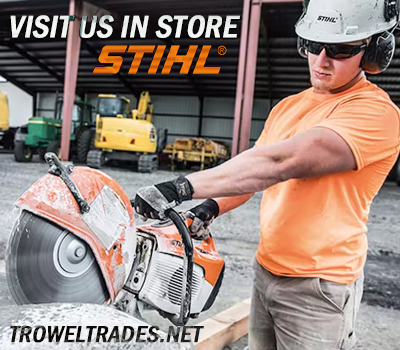

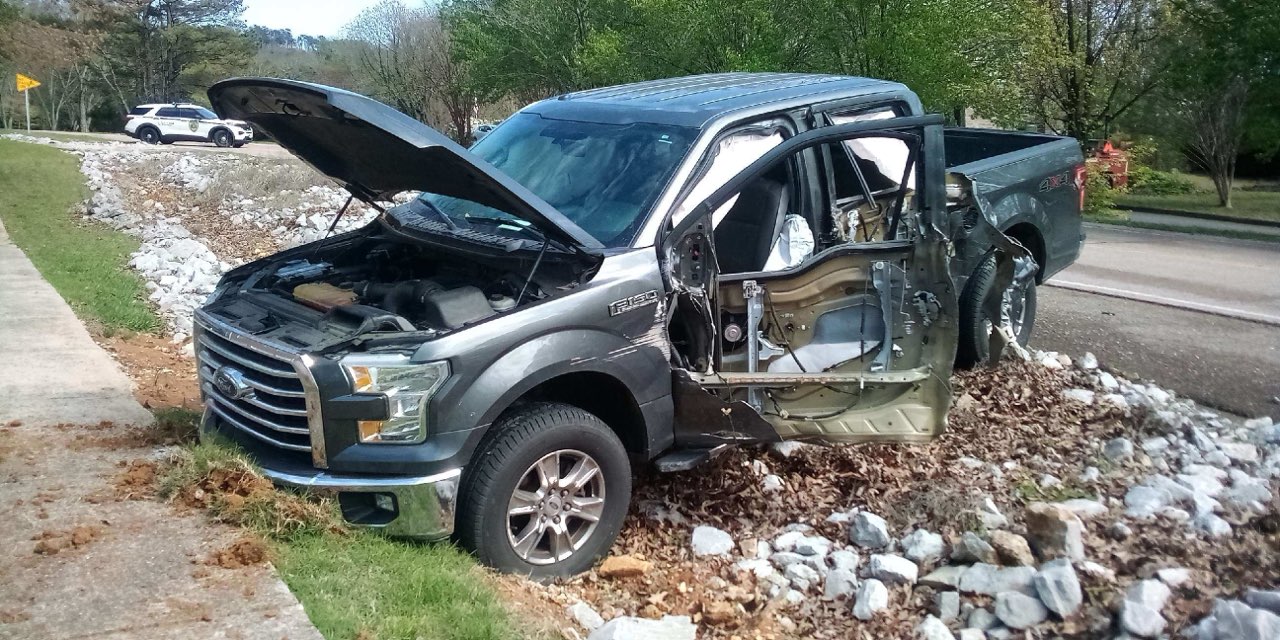
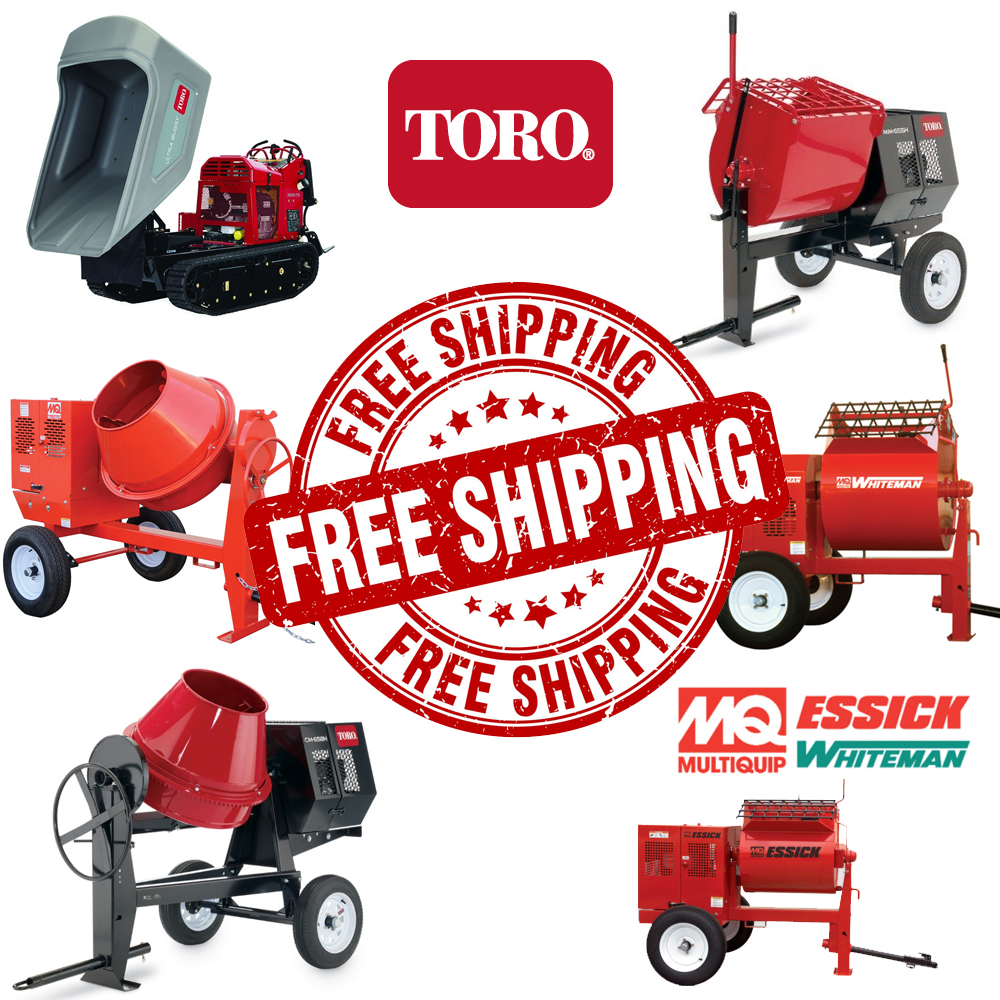
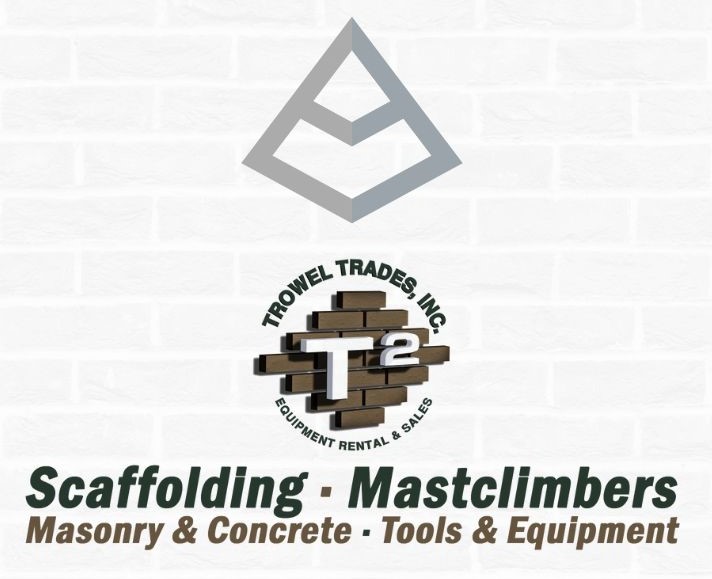
No spam, notifications only about products and updates.

Having dealt with MK Diamond Products and the Delahauts since the mid 1990’s it is sad to hear the news that they have closed their

I’ve told my wife and daughter to never follow a mortar mixer down the interstate. For over 30 years we have sold, rented, and repaired

This question is one of the most frequent mixer related questions our rental staff are asked. Our contractor customers know the importance of using the right tools for the job.

Trowel Trades, a company that specializes in equipment rental, tool retail, repair services, scaffolding and mast climber access solutions, enters the Silver Tier of the Masonry Alliance Program.
Your email was submitted successfully.
YOUR 10% OFF COUPON CODE IS WELCOME10.
See category exclusions below.
Category Exclusions:
Arbortech Brick and Mortar Saw, Compaction, Concrete Mixers, Concrete Walk Behind Saws, Drop Hammers, Grout Hogs, iQ Power Tools, Masonry Block Saws, Masonry Brick Saws, Mast Climbers, Mortar Mixers, Mud Buggy, Saws, Scaffold, Self Dumping Hoppers, Shoring, and Stihl